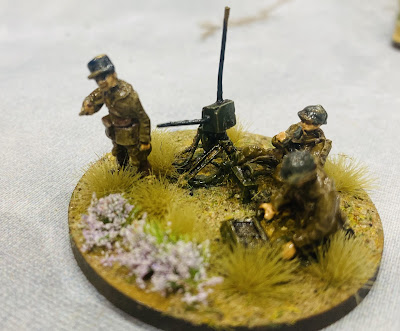What an excellent book, following in the footsteps of the previous three equally superb volumes. ‘The Italian Wars Volume 4, the Battle of Ceresole 1544, The Crushing Defeat of the Imperial Army’ by Massimo Predonzani and Simon Millar is the 15th book in the ‘from Retinue to Regiment’ series.
The book picks up from the end of volume three and the Battle of Pavia, and in the same style as used so well previously we have among other things chapters on the commanders of both sides, the armies of all the main protagonists and their composition, thoughts on the different types and roles of ‘heavy’ and ‘light’ cavalry, a discussion on the ‘enfants perdu’ and the rise of the arquebus in the Spanish army. Heraldry has always been a major focus of this series of books and this is no different with one chapter focusing on that of one of the key commanders.
The authors provide us with a detailed analysis of the campaign leading up to the fateful battle and the initial skirmishing before giving a blow by blow account of the battle and the outcome, including the not insubstantial losses especially among the defeated Imperial troops. The account of the battle is undoubtedly the best I have read and the level of detail is impressive, which is something I have come to expect.
The maps, both the theatre ones and those of the battle are great and the latter very well detailed. Those of the battle are going to be really useful for wargame enthusiasts. Many of the black and white illustrations are contemporary prints while others are of arms and armour. The obligatory centre spread of colour plates is gorgeous and the images themselves full of life and vibrant colour. Various different troop types and numerous colours and banners are covered, each with a handy explanatory paragraph. The colour plates are all by the talented Massimo Predonzani.
It’s actually quite a small book with just over 100 pages and about 45,000 words but good things often come in small packages. Anyone interested in the volatile period of the Italian Wars will covet and want this book, a worthy addition to the Helion catalogue,.
ISBN 978-1-915070-20-6. 118 pages.



































